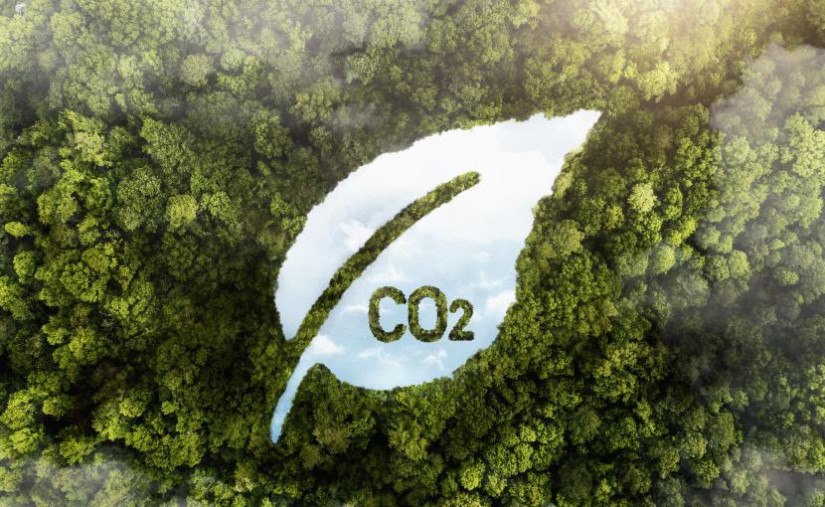
Efforts to reduce carbon emissions are continually encouraged by the government. At least four sectors contributing the highest carbon emissions are prioritized: the energy sector, agro-industry, industry, and waste.
Through the Financial Services Authority Regulation Number 14 of 2023 on Carbon Trading through the Carbon Market and the Financial Services Authority Circular Letter Number 12/SEOJK.04/2023 on the Procedures for Implementing Carbon Trading through the Carbon Market, carbon emission trading policies are outlined.
The carbon market policy is aimed at urging companies or industrial sectors to enhance efforts to reduce carbon emission production.
“We are dealing with something that isn’t visible. Its impact might be felt, but the cause, i.e., carbon emissions, isn’t visible,” said Dr. Poppy Ismalina.
“In the industrial sector, there are regulations about the environmental impact a company brings. This idea arose: what if we give economic value to carbon emissions?”
She shared this insight as a faculty member from the UGM Faculty of Economics and Business through a podcast titled “Carbon Market: Solution or Illusion?” on Friday (October 20).
In principle, the government designs a system to measure and set a threshold for carbon emission production within a business operation. Companies/businesses proven to produce carbon emissions above the threshold will face sanctions.
Conversely, those producing carbon emissions below the threshold will receive carbon credits within their operation.
Carbon credits represent the difference between the threshold and the emitted carbon. These carbon credits are then verified and tested, qualifying for a certificate indicating that the operation produces fewer carbon emissions.
“For companies that produce carbon emissions above the threshold, they must buy or provide incentives to the certified business we mentioned earlier. Then the question arises: can they keep producing excess carbon emissions by incentivizing other businesses?” Dr. Ismalina wondered.
“Not really; there is a limit to how much a company can continue to buy. The goal is so that companies producing excessive emissions can learn and emulate from businesses with lower emissions.”
The carbon trading policy not only encourages industries to implement carbon emission reductions but also creates vast investment opportunities.
Naturally, this carbon market policy will face challenges and obstacles. The carbon market is applied not only in Indonesia but also in several countries. Business entities can trade carbon credits across borders.
These rules allow companies to choose a country with the highest carbon emission threshold to avoid regulation. Therefore, this new policy needs to be closely monitored to close potential loopholes for violations and ensure its effectiveness.
“To monitor this, the Ministry of Environment has designed MRV or Measurement, Reporting, and Verification. A system for reporting and verifying. So, whether this regulation works well can be assessed from there,” added Dr. Ismalina.
“It can reveal any fraud or violation. While the state issues it, verification is done by certified experts. This is one way to monitor this regulation. But it surely requires strong collective commitment.”
Author: Tasya
Image: Esgnow.republika.co.id

